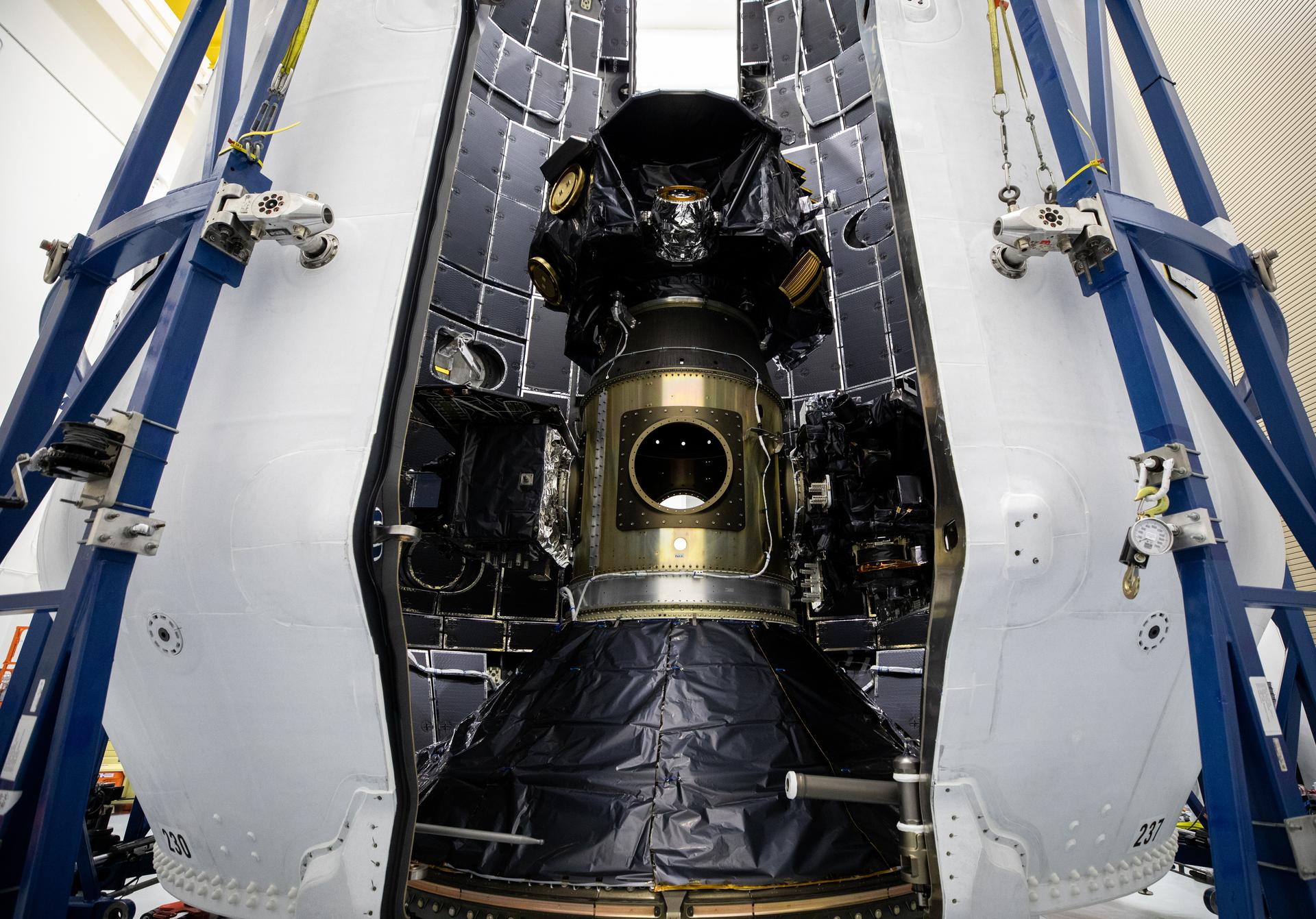
Recently, NASA's Interstellar Mapping and Acceleration Probe (IMAP), along with the agency's Carruthers Geocorona Observatory and NOAA's Space Weather Follow On-Lagrange 1 (SWFO-1) spacecraft, were encapsulated inside the payload fairing of their SpaceX Falcon 9 rocket.
These three spacecraft embarked on a shared ride to orbit early Wednesday morning (Sept. 24).
What is it?
While each spacecraft has a unique role, all three missions are united by a common theme: studying the solar wind, a continuous outflow of charged particles from the sun, and the effects of space weather throughout our solar system.
NASA's Carruthers Geocorona Observatory will study Earth's exosphere, also known as the geocorona, to hopefully give new insights into how our planet interacts with solar radiation.
In contrast, NOAA's SWFO-L1 probe will look at solar storms from Lagrange Point 1, a stable orbital location about 1 million miles (1.5 million kilometers) from Earth, giving critical early warnings about incoming space weather.
Where is it?
This photo was taken at the Astrotech Space Operations Facility near NASA's Kennedy Space Center in Florida.

Why is it amazing?
Unlike the other two spacecraft, NASA's IMAP will be looking farther from home, focusing on the boundary layer of our solar system and mapping and analyzing the interactions between the solar wind and interstellar space.
Space weather can disrupt GPS signals and communications satellites and even endanger astronauts in orbit aboard the International Space Station (ISS) or en route to the moon or Mars. So, understanding how to predict space weather and mitigate against it could have wide-ranging impacts on modern society.
Want to learn more?
You can read more about NASA's IMAP mission and the effects of space weather.







